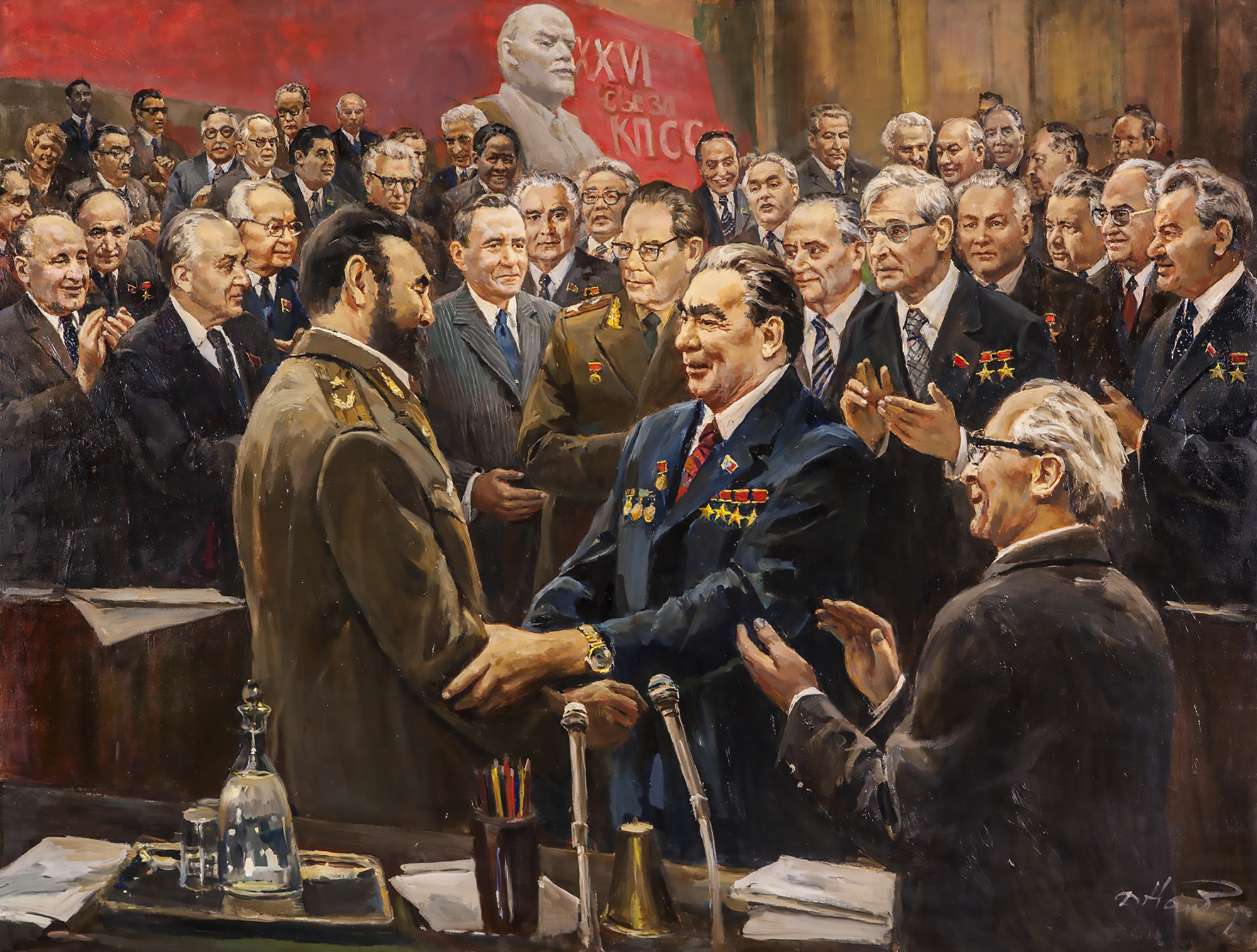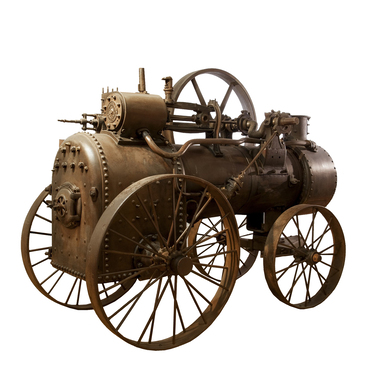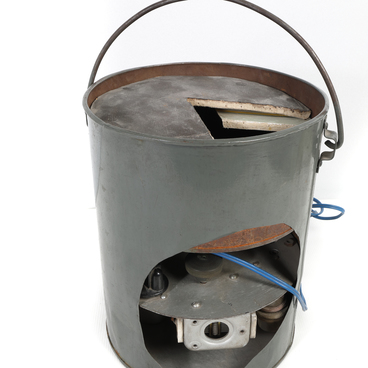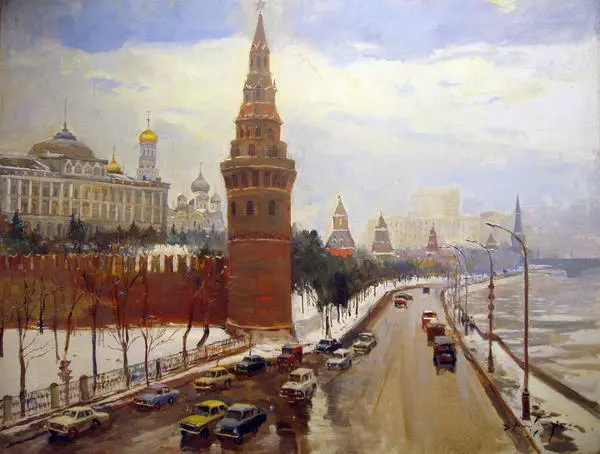Dmitry Nalbandyan was known as a master of the Soviet ceremonial portrait, although he also painted landscapes and still life pictures. Nalbandyan graduated from the Academy of Arts in his native city, Tiflis. He got his first job at an animation studio. Among other places, he also worked at the Odessa Film Studio.
#5
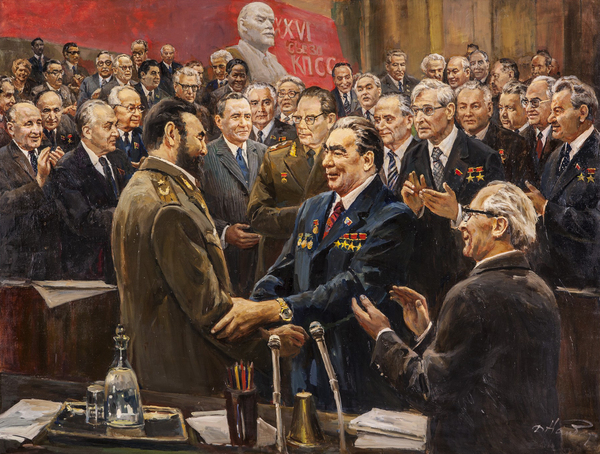
Dmitry Nalbandyan
Peace Process in the Making
#6
#10
In 1931, Nalbandyan moved to Moscow and quickly gained popularity among the representatives of the Party elite. He painted portraits of Joseph Stalin, Nikita Khrushchev, Leonid Brezhnev and other famous political figures. His fellow artists jokingly called him the ‘First Brush of the Politburo’.
Nalbandian was a full-fledged member of the Academy of Arts of the USSR; he was a Lenin Prize laureate, and he was also awarded titles of the People’s Artist of the USSR and Hero of Socialist Labor. In 1978, he received gold medal from the Academy of Fine Arts for the collective portrait of the Armenian intellectuals and artists under the title Vernatun.
#9
The picture presented at the museum exposition depicts a meeting of state leaders at the 26th Congress of the CPSU. It was held in Moscow on February 23 to March 3, 1981. The congress was also attended by delegations from East Germany, Cuba, Czechoslovakia, Hungary, Bulgaria, Romania, Chile, Mongolia, Afghanistan, Ethiopia, Vietnam, USA, Portugal and Syria. The congress determined the main tasks of the economy and social development of the USSR for the next two five-year periods, until 1990.
#11
During the congress, Leonid Brezhnev presented The Report of the Central Committee of the CPSU to the 26th Congress of the Communist Party of the Soviet Union and the Party’s Next Tasks in the Field of Domestic and Foreign Policy. The report read:
‘To strive for peace in the whole world is the most important task currently faced by our Party, our people, and all the peoples of the planet. Fighting for peace, we work not only for the good of the living people, not only for our children and grandchildren; we work for the happiness of dozens of the future generations. If there is peace, the creative energy of nations, relying on the achievements of science and technology, will surely solve the tasks that people are currently concerned with. Of course, our descendants will have new, even higher tasks. Well, such is the dialectic of progress, the dialectic of life. Not the preparation for war which dooms peoples to the senseless waste of their material and spiritual wealth, but the consolidation of peace, that’s the path marker tape for tomorrow’.
#12
Museum of Contemporary History of Russia
read morehide
00:00
00:00
1x
Peace Process in the Making
Creation period
1981
Dimensions
180x250 cm
Technique
Canvas, oil
6
Open in app
Share
